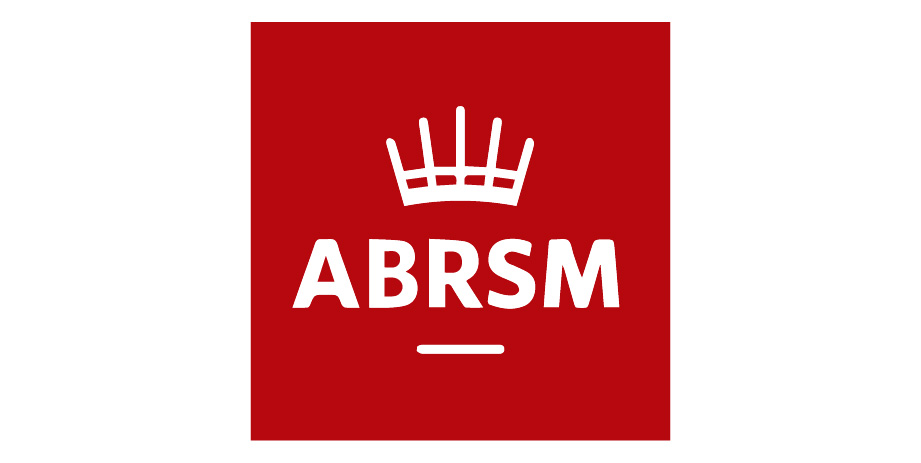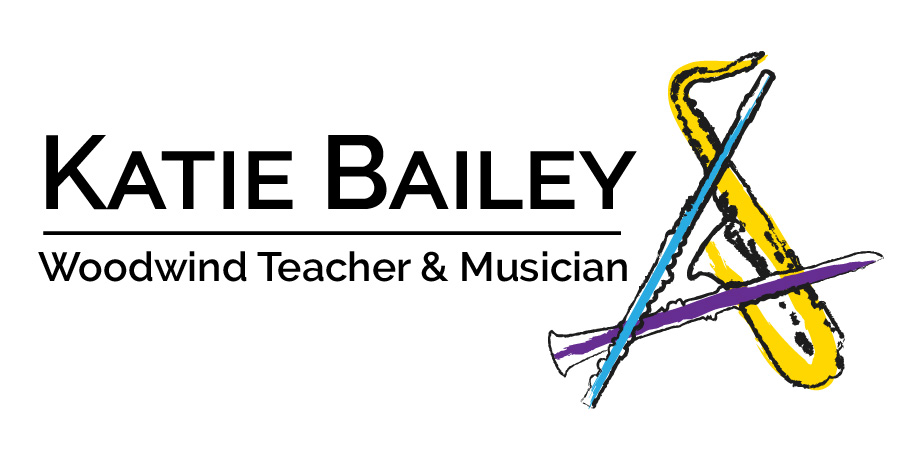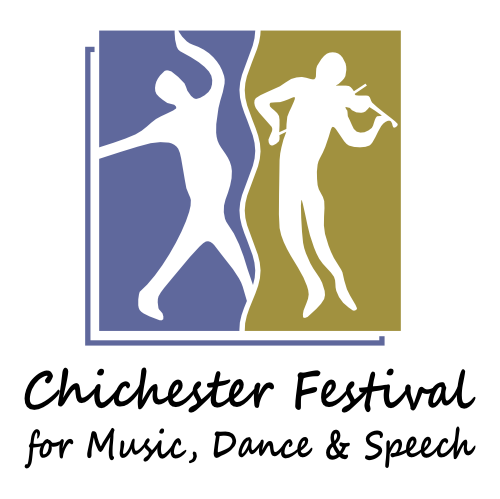- Beginner grade students should drill finding hand positions on the piano until they can do it in a matter of seconds.
- Intermediate grade students should plan ahead when they have to move their hands, while maintaining an awareness of common figures such as triads, inversions and broken chords.
- Advanced grade students should make themselves aware of when a piece changes key, try out the more difficult parts of the test and begin a speed appropriate for these difficult passages.
- Above all pulse is more important than pitch, candidates delivering confident performances will achieve high marks whilst those who fail to maintain a steady pulse will be penalised.
“One part of the exam which rarely undergoes any changes is the sight-reading test; a portion of the exam that by many students is often feared and misunderstood in equal measures.”
The first exam session of the year is nearly upon us, introducing a brand new syllabus from ABRSM which contains as varied and engaging a selection of repertoire as we have come to expect. With a refreshed syllabus every two years we have been treated to a huge selection of pieces over time, and with a planned update to the scales and arpeggios in 2021, there is plenty to keep piano students on their toes in future exams.
One part of the exam which rarely undergoes any changes is the sight-reading test; a portion of the exam that by many students is often feared and misunderstood in equal measures. The sight-reading test has been a staple of ABRSM exams for quite some time and is showing no signs of being superseded by a more modern alternative (although if that is what you desire then Trinity offers two additional supporting tests: “improvisation” and “musical knowledge”). Due to the enduring status of sight-reading amongst exam boards, it is worth putting some thought into how to get the most out of this test.
From the moment the examiner places the sight-reading test on your music stand, you will have a grand total of 30 seconds to make sense of what is on the page. This may seem like an absurdly short amount of time, particularly for those sitting higher grades where candidates are presented with an entire page of music. If you know how to use those precious seconds, however, then you will be able to use them to set yourself up for success.
“If you know how to use those precious seconds then you will be able to use them to set yourself up for success”
Starting out: Position yourself for success
Early graded sight-reading tests will not require you to deviate from a five-finger position, so the first thing you should do is find where your hands belong on the keyboard (while remembering to include any black notes that may pop up) and mentally glue your hands to that position.
When first approaching a sight-reading test it may take a Grade 1 student the full 30 seconds to find their position; if this is the case then repeatedly drilling different positions will work down the time it takes to prepare. If you are able to position yourself correctly in less than 10 seconds then you have more than two-thirds of your time left to try the piece out.
At Grade 1 level, the tests will only use one hand at a time, however the same is not true for Grade 2 sight-reads. Coordinating both hands at the same time may seem like a big challenge, but remembering that your hands don’t have to venture away from where they begin is a big comfort.
“Try to play a test from memory; you will recall more if you focus on memorising shapes, movements and patterns than you would do by memorising individual notes.”
At this stage, if you have not already started to do so, you must begin to think of the music as a series of patterns, as opposed to a series of individual notes. Looking at the example below, rather than reading the first four notes in the top part as F, A, F, A, you may have spotted that all of the notes belong to the F major triad. From there, the music continues in a step-wise manner until the rest in bar 3.
Recognising patterns such as this is much faster than reading note-by-note, and you will need to practise this skill going forward into the higher grades. A good way to practise this is by trying to play a test from memory; you will recall more if you memorise shapes, movements and patterns than you would do by memorising individual notes.
Any repeated patterns you can spot will save you having to re-identify them each time they appear.
Intermediate Reading: Plan ahead and keep going
From Grade 3 onwards students are required to move around the piano. To begin with, the movements will be small and follow patterns that you will have encountered while playing your scales and arpeggios. While it is rare to encounter an unexpected leap to a foreign part of the piano, even the smallest of movements can take you by surprise and derail the test if they are not prepared for.
After sight-reading at Grade 1 and Grade 2 level, you should now be able to find your starting position in a flash and be able to coordinate your hands at the same time. At this point, you should use your 30 seconds to plan where your fingers need to move, even if “planning” is simply making yourself aware that a movement is occurring in a specific place.
More than this you should also begin to spot patterns such as triads, inversions, broken chords, scales, Alberti bass and repeated rhythms or melodic figures. Students that spend time building their familiarity with these patterns will find themselves at a significant advantage when sight-reading.
“So much of a piece’s character is drawn from the tonality; if the music modulates without you noticing then whatever you are trying to achieve with your performance will be lost.”
Higher Grades: Make sense of the music
Advanced students studying Grade 6 and above will find themselves faced with a lengthy collection of notes which they can expect to change key at least once. Don’t let yourself be caught out when this happens. So much of a piece’s character is drawn from the tonality; if the music modulates without you noticing then whatever you are trying to achieve with your performance will be lost.
Even more so than in previous grades, the single word or phrase at the start of the test is of paramount importance. It is this word that defines how the piece should be played, and with even more detail and madness happening in the music, it is with this instruction that you will be able to make sense of it. If it says maestoso or cantabile then that should be the thought that lingers in your mind as you begin.
The direction at the start will also go to some lengths to advise you on the speed of the piece. There is no such thing as a precise metronome marking for tempo markings such as allegro or adagio, so you should have an awareness of the range of tempi suggested by these directions.
The title of a piece can give you a good idea as to the character of the music. The Star Spangled Banner suggests something slow, majestic and patriotic.
In your 30 seconds, it is worth scanning through the music for the most difficult parts. If you are able to find a tempo at which these parts are playable then that is the tempo you should begin at. Avoid beginning the piece at the speed you are able to play the first bar and not at the speed you are able to play the hardest bar, you will be tripped up! 30 seconds is not long enough to play through the entirety of a test but it is long enough to make yourself aware of what is required to bring it to life.
Parting words: Pulse before Pitch
When the fateful moment arrives that your preparation time is over and you are signalled to begin, decide how fast you are going to play before you begin. Count yourself in a bar or two and stick to the pulse you have set yourself. From ABRSM’s marking criteria, the two bands below a pass cite “lacking overall continuity” and “no continuity or incomplete” as critical reasons for failure.
At the other end of the mark scheme, top marks are awarded to candidates playing with “fluency and rhythmic accuracy” along with “confident presentation." Sight-reading tests are notoriously composed to have awkward passages that will catch students unawares if they have not used their 30 seconds wisely. Make every second count so you can deliver the “confident presentation” that will blow the examiner away.












